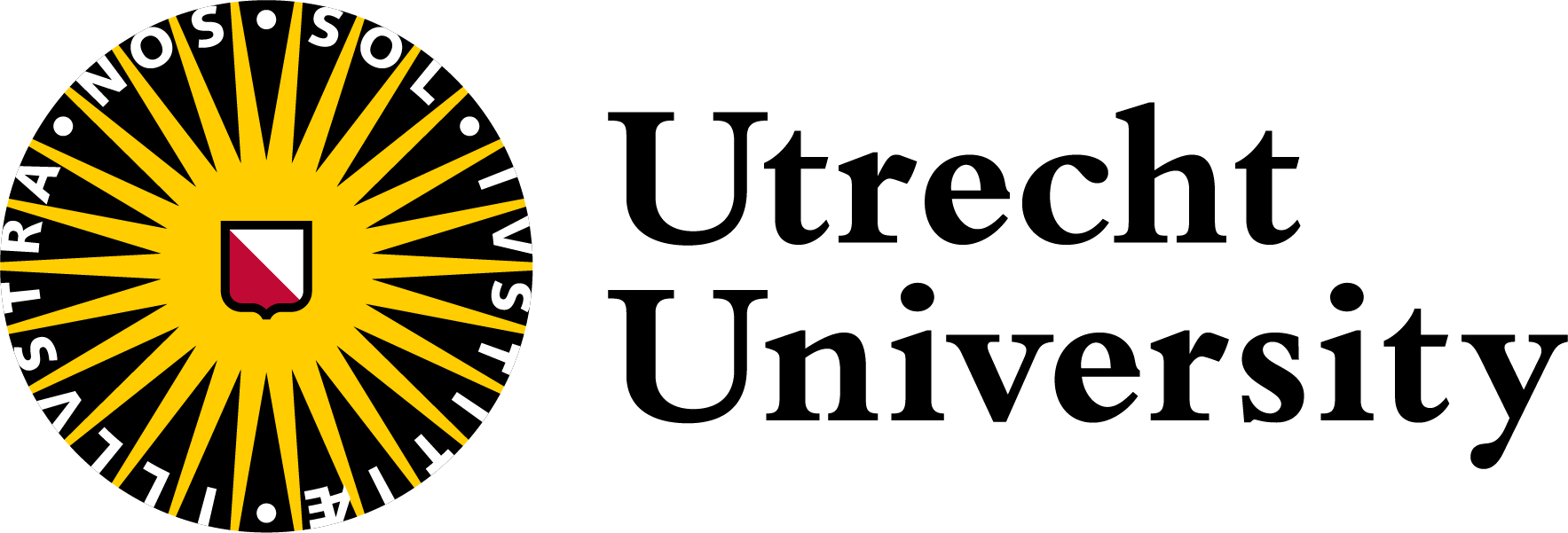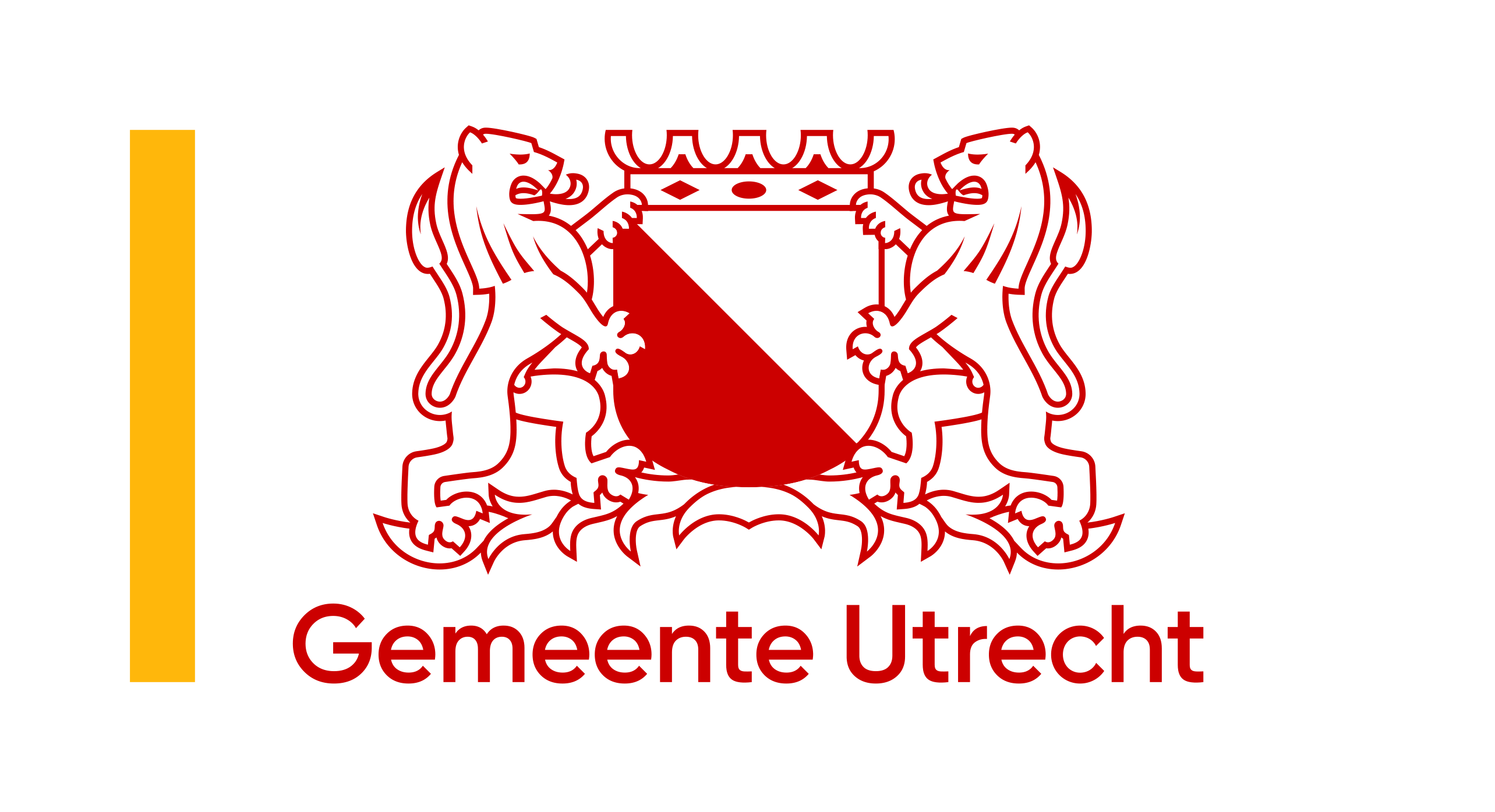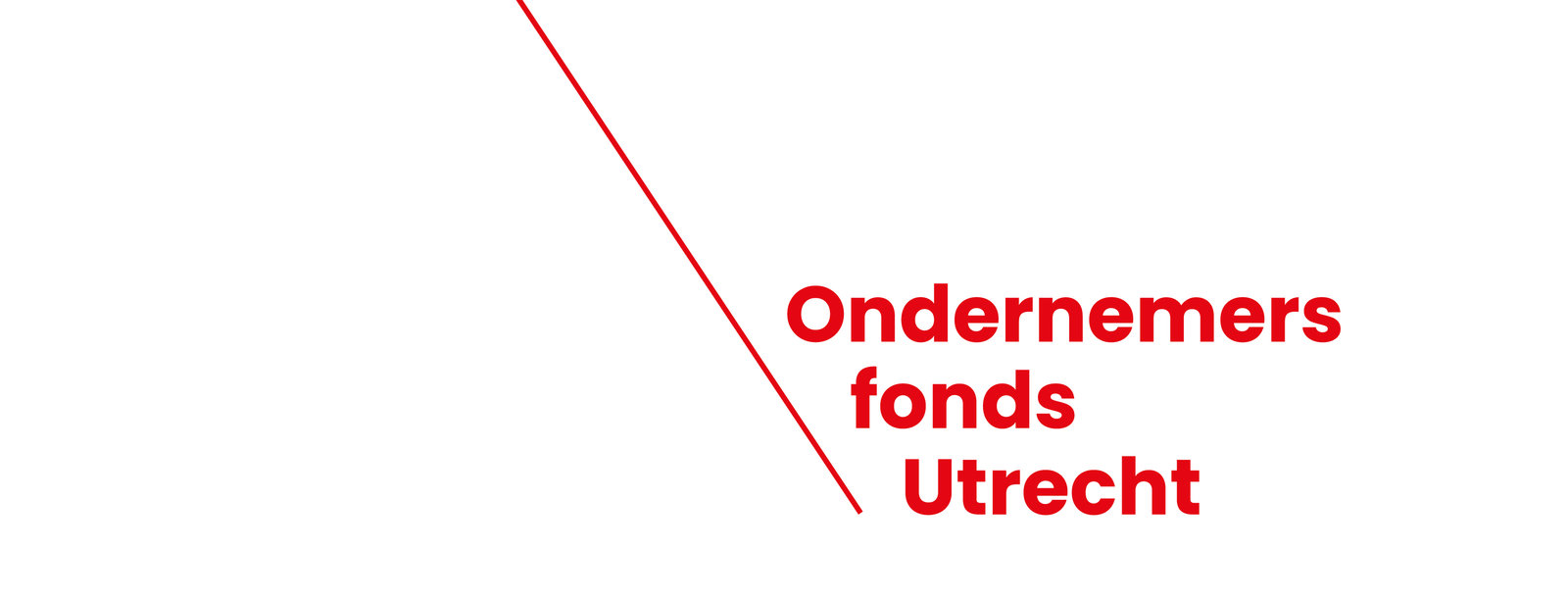Residual waste from mushroom cultivation removes pollutants from water
Water can be purified using mushroom substrate: the mixture of fungal filaments and horse manure that remains after harvesting mushrooms. The substrate effectively decreases concentrations of pesticides and drugs in contaminated water. Utrecht University researchers Brigit van Brenk, Han Wösten, and colleagues demonstrate this in a paper in the scientific journal Applied Microbiology and Biotechnology. The results show the potential of the substrate as a promising alternative to current water purification methods.
White button mushrooms (Agaricus bisporus) are grown on composted, sterilized horse manure. Grains containing the fungus are mixed into the compost, from which fungal filaments grow that fill the compost. Fruiting bodies of the fungus, mushrooms, eventually develop from this network of filaments.
But what to do with the substrate after the mushrooms are harvested? In the Netherlands, not much is done with the leftover waste: instead, large quantities are sent to Germany to be used as fertilizer. But couldn’t the substrate be put to better use?

Enzymes
Van Brenk and her colleagues suspected that there might be a better way to use the substrate. Fungi that live off dead plant material, such as white button mushrooms, make enzymes to break down lignin. However, these enzymes are not highly specific, and it has been shown that they also break down substances other than lignin.
The researchers therefore decided to investigate the potential of using the leftover waste from mushroom cultivation to purify contaminated water. After all, concentrations of drug residues, pesticides and other harmful substances in surface water and groundwater are increasing, posing a threat to aquatic life forms. Moreover, existing methods of purifying water of such substances are expensive.
Van Brenk: "When we take a medicine, a portion of it is excreted through our urine, eventually finding its way into sewage water. The biggest problem is that these substances are not properly removed from the water before it is discharged into rivers. And natural processes cannot break down these substances as rapidly as we introduce them, resulting in their accumulation in the water."
DEET and caffeine
To test the efficiency of the mushroom substrate, the researchers first added eight substances to water, including DEET (an insect repellent), caffeine and carbamazepine, a drug used to treat epilepsy. Subsequently, the contaminated water was combined with fragments of the substrate.
It is a relatively straightforward, cost-effective, and sustainable way to purify water."
After two to seven days, the researchers examined whether the concentrations of the substances had changed. It was found that, depending on the substance, between 10 and 90 percent had been removed from the water. Van Brenk: "Existing, comparable methods for purifying water often target only one or two specific substances. Although the effectiveness of the substrate varies among different substances, these findings demonstrate its capability to remove a broad spectrum of substances from water. Other methods that offer such a wide range are usually quite expensive."
Fungal tea
The researchers also prepared a tea-like solution from the substrate by soaking it in water for a period and subsequently removing the pieces of substrate. They then combined this tea with the contaminated water to assess its efficiency in removing pollutants. It turned out that the tea was significantly less effective than the substrate itself.
According to Van Brenk, this finding sheds light on how the substrate eliminates substances from the water: "Initially, we believed that the primary mechanism for removing harmful substances was through the enzymes secreted by the fungus. Since these enzymes would be present in the tea, we expected the tea to be as effective as the substrate itself. This was not the case, indicating that there was a significant part of the substrate's action that remained unexplained."
However, the researchers had some hypotheses regarding possible explanations. Subsequent testing revealed that either enzymes present within the fungal threads that are not excreted, or bacteria that remain attached to the substrate, may play a role. Additionally, it appears that a chemical reaction occurring within the substrate significantly contributes to the removal of the substances.
Next steps
Through other experiments, Van Brenk also demonstrated that mushroom substrate can purify water from dyes and PFAS. These findings are slated for publication later this year. Recently, she and Han Wösten were awarded an Innovation Voucher from Utrecht Holdings, enabling them to advance their research. Their next steps involve testing for the absence of toxic byproducts during purification, and scaling up the purification process.
Van Brenk believes in the potential of the technology. What is more, with water regulations becoming stricter in the Netherlands and Europe, she anticipates that companies will be required to do more to dispose cleaner wastewater in the future. Therefore, Van Brenk aims to establish a company with the purifying substrate as its main product. "It is a relatively straightforward, cost-effective, and sustainable way to purify water. But mind you, there is still a way to go."
Publication
Enzymatic and non-enzymatic removal of organic micropollutants with spent mushroom substrate of Agaricus bisporus
Brigit van Brenk, Fleur E.L. Kleijburg, Antoine J.B. Kemperman, Walter G.J. van der Meer en Han A.B. Wösten
Applied Microbiology and Biotechnology, 19 april 2024. DOI: https://doi.org/10.1007/s00253-024-13132-3
Source: Utecht University








